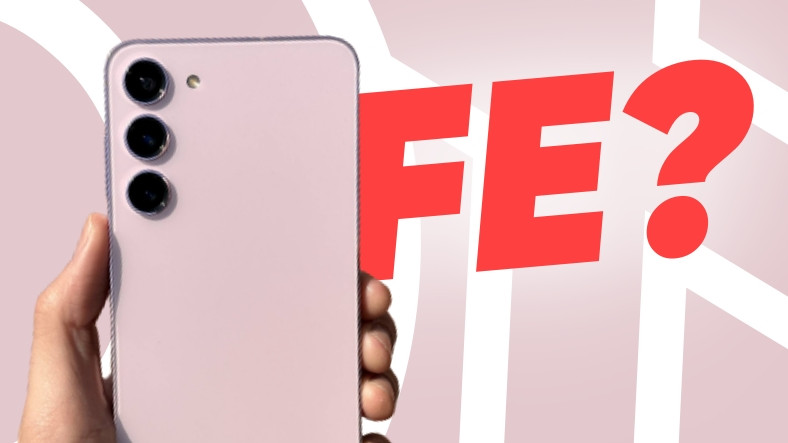Although it sounds very simple, it is undoubtedly one of our characteristics that is difficult to appreciate unless we lose it. hearing ability. You roughly know what happens when this ability is missing. For those who have hearing problems, or if you don’t know what enables them to hear. small tools wears it or communicates with body language, right?
In fact, much more happens without hearing. like that mutism The situation known among the people may be largely for this reason. Because it is very difficult for a deaf person to learn to speak. At this point, the functionality of the small tools we mentioned goes to a point. But cochlear implantIt can be a solution even for people who have never heard of it, by opening many more doors from here.
To help you understand how the cochlear implant works, we’ll describe in broad terms how we ‘heard’.
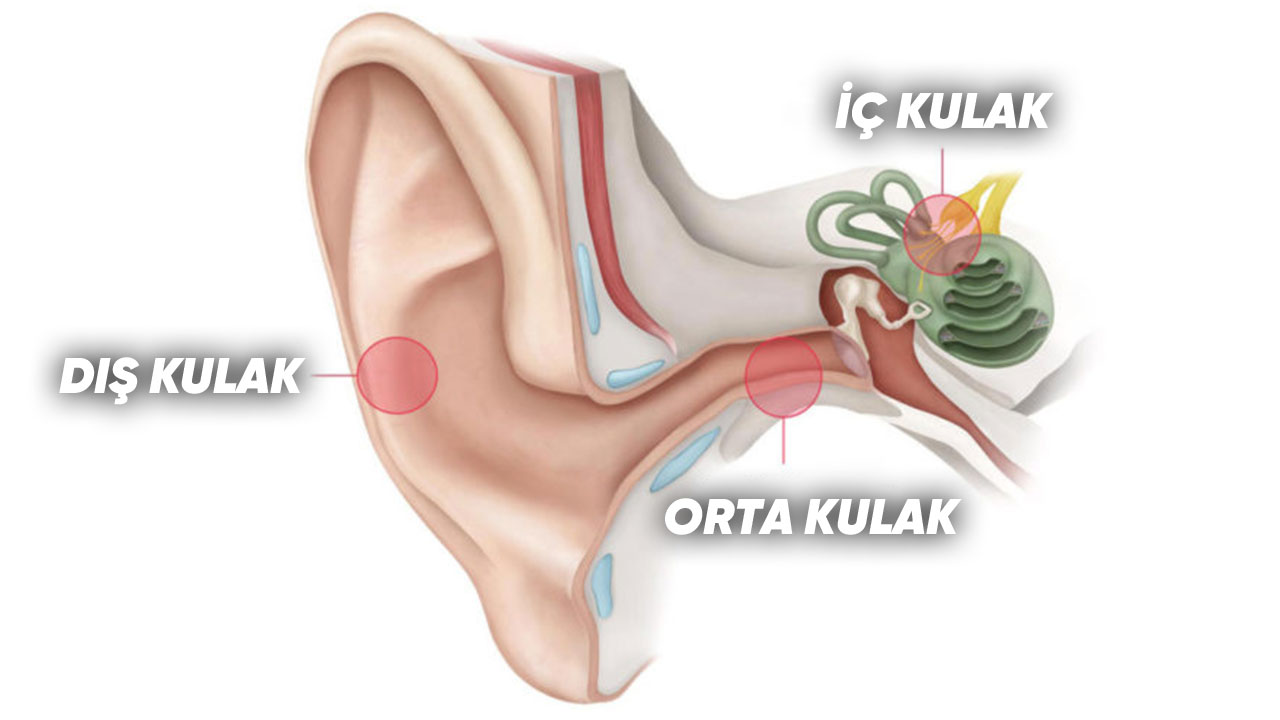
Hansaton
Although there are quite complicated processes here, it is enough to understand the process. First of all, sound waves entering from the outer part of the ear pass through the ear canal and to the eardrum reaches. Here, the vibrations of the eardrum vibrating with sound waves are transmitted through the bones between them. passed on to the cochlea.
in the cochlea hairy cellsThe brain converts these vibrations into signals and transmits them to the brain through the auditory nerve, and the brain interprets these signals as sound.
So what has changed in people with hearing problems?
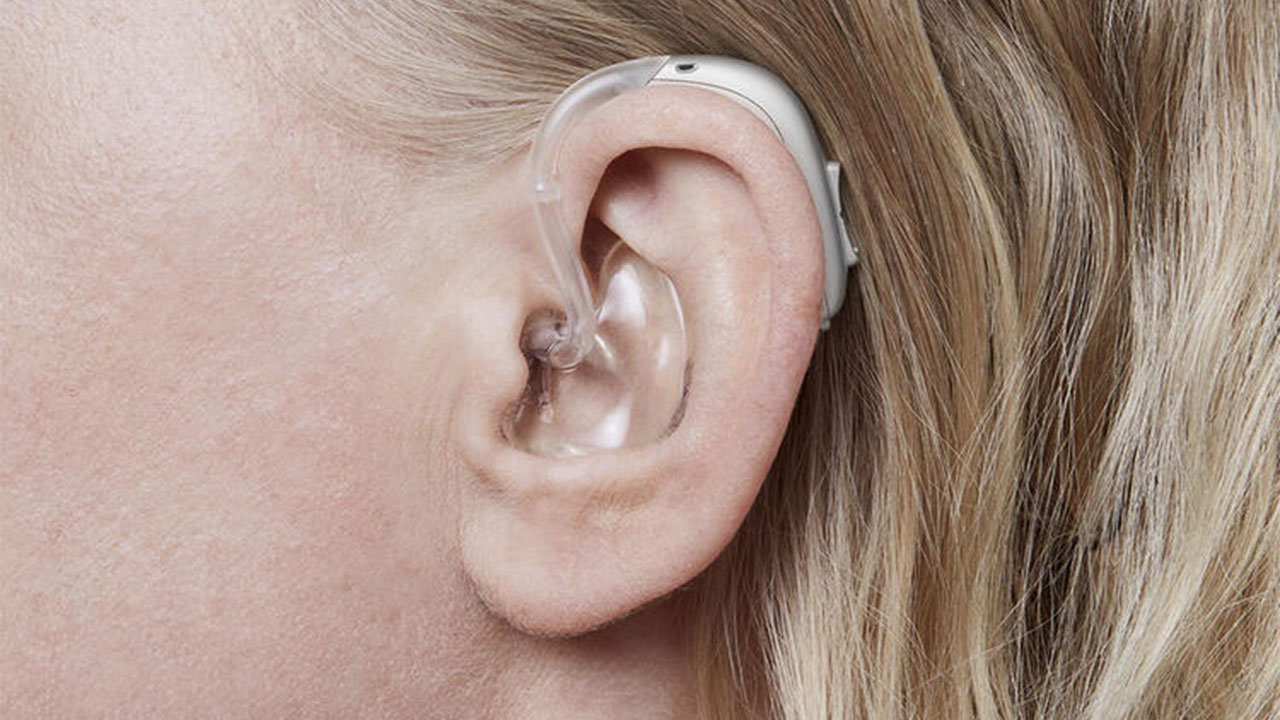
hearing aid
we talk about hairy cells When it cannot perform its functions, that is, when there is a problem in the inner ear, there is a hearing problem because the sound is not transmitted even when the eardrum is vibrating. However, before the cochlear implants in the focus of our topic, we are all familiar with them. hearing aids consists.
While there are thousands of different types of these devices, what they do is essentially the same thing.
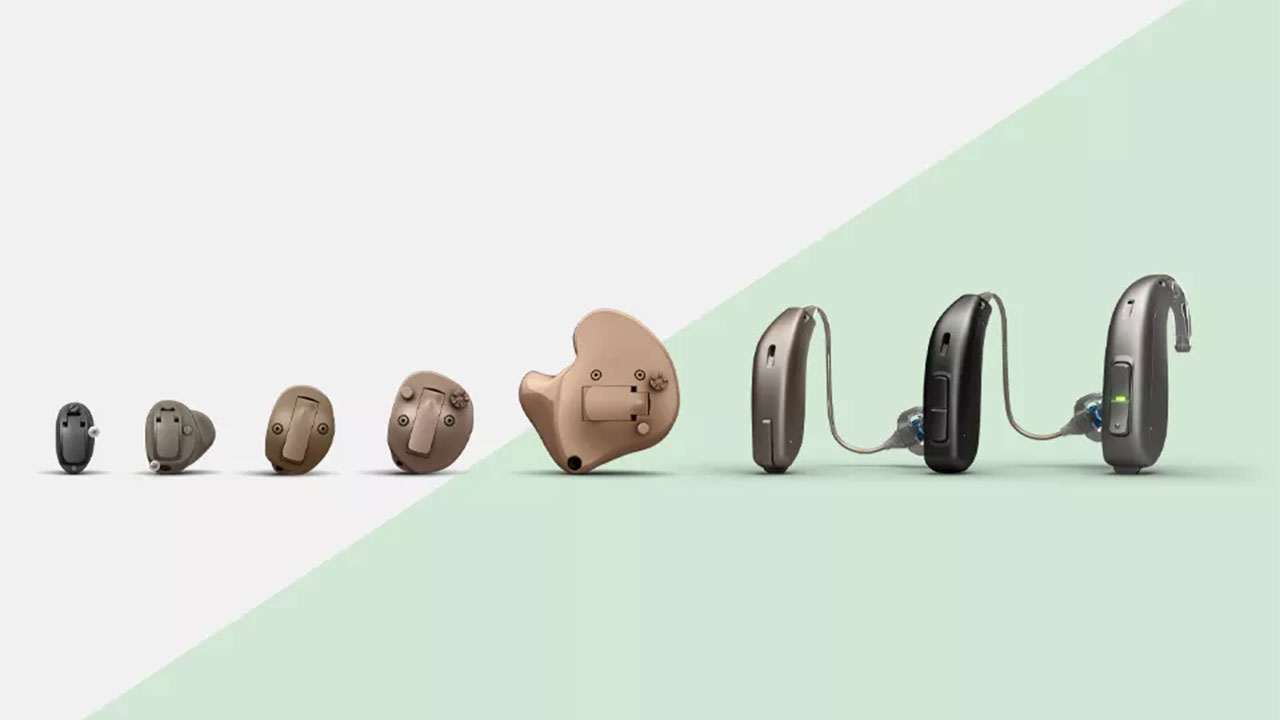
Hidden hearing
It also adapts the sound vibrations to the structure of the ear. raise. To achieve this, there are microphones, loudspeakers and amplifiers in their structures. However, if the hair cells in the cochlea cannot function, hearing is not possible, no matter how loud the sound.
This is where the cochlear implant comes into play. So what does this tool do differently?
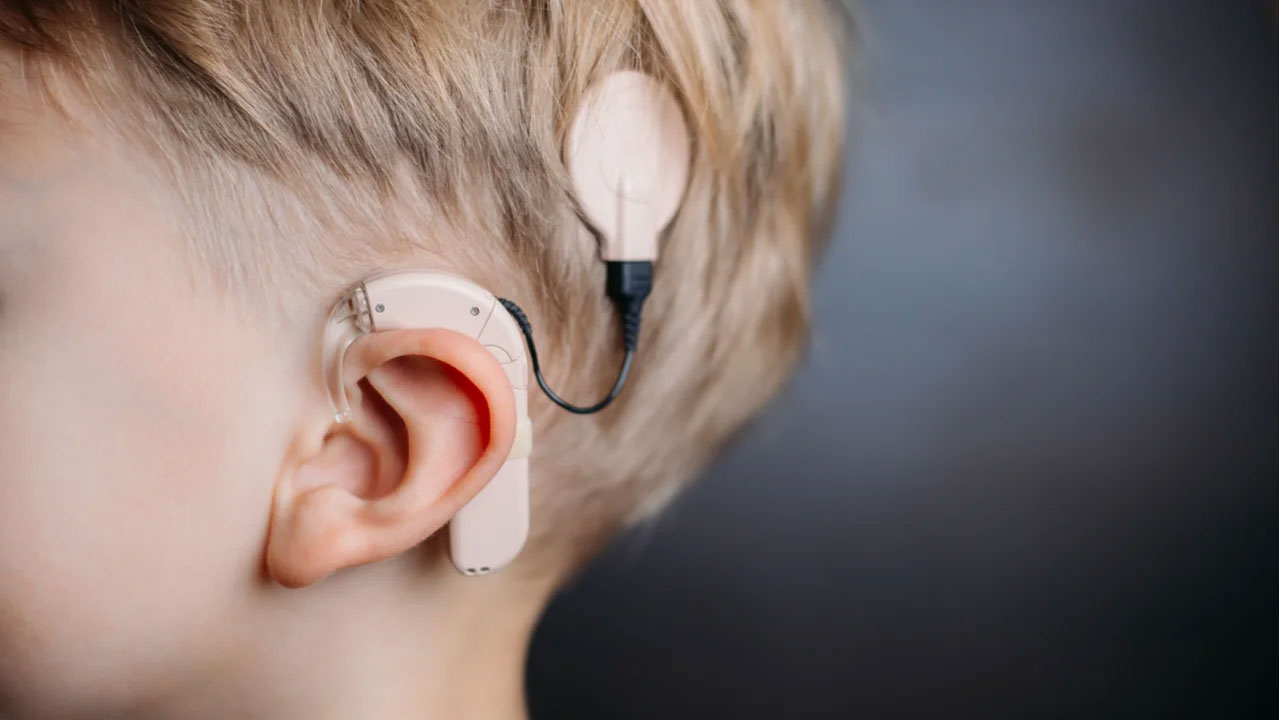
Not to joke, but to understand how a cochlear implant makes it possible to hear. what it is and how it works must know. Let’s talk briefly.
cochlear implant; someone’s inside of the scalpconsists of three parts, two of which are outside. The microphone and transmitter are outside, the receiver inside. After the necessary preparations have been made, the cochlear implant is considered suitable. operation First, a receiver is placed under the scalp.
Some time after surgery, the microphone and processor can also be easily removed can be attached from the outside.
The difference with the hearing aid lies in the operating principle.
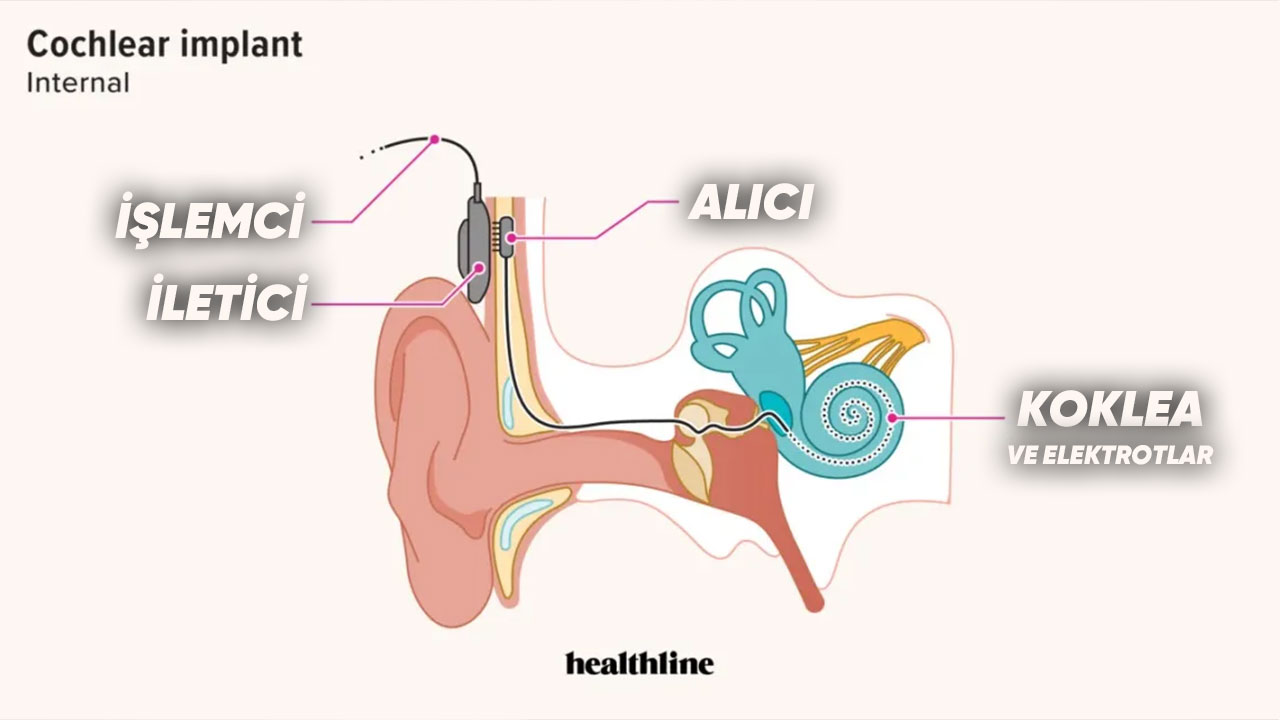
Translated into Turkish
At the beginning of our article “…If the hair cells in the cochlea cannot function, hearing will not be achieved no matter how loud the sound.we said. The part of the cochlear implant that is placed in the scalp goes to the cochlea and the hair cells there take on the task It sends the necessary signal directly to the brain itself.
In other words, in this process, the events taking place in the inner ear are skipped and the hair cells are moved directly to the part.
The working logic is as follows:
- The external microphone picks up the sounds and transfers them to the transmitting part.
- Incoming waves are sent to the receiver in the form of an encoded signal.
- The receiver in the scalp receives these signals and converts them into electrical signals.
- This signal is conducted into the cochlea with the electrode unit.
Certain frequencies are better perceived in certain parts of the cochlea
- The mechanism in the cochlea triggers different places according to the frequency of the incoming sound in this context.
- In this way, the signal is sent to the brain through the electrode, not through the hair cells, and the corresponding sound is heard.
Since the number of hair cells we mentioned is very high, a healthy individual, healthy discrimination can make it more comfortable.
But with cochlear implant so many buyers because there is none the sound separation is not so sharp. However, this does not alter the fact that it is a wonderful tool for people with hearing problems or no hearing at all.
According to the doctors, when this device is first inserted, the sound is perceived as slightly muffled due to the brain’s acclimatization process. You are already adjusting. fastest and easiest It is also argued that a young age is more ideal for this to happen.
You don’t have to be afraid:
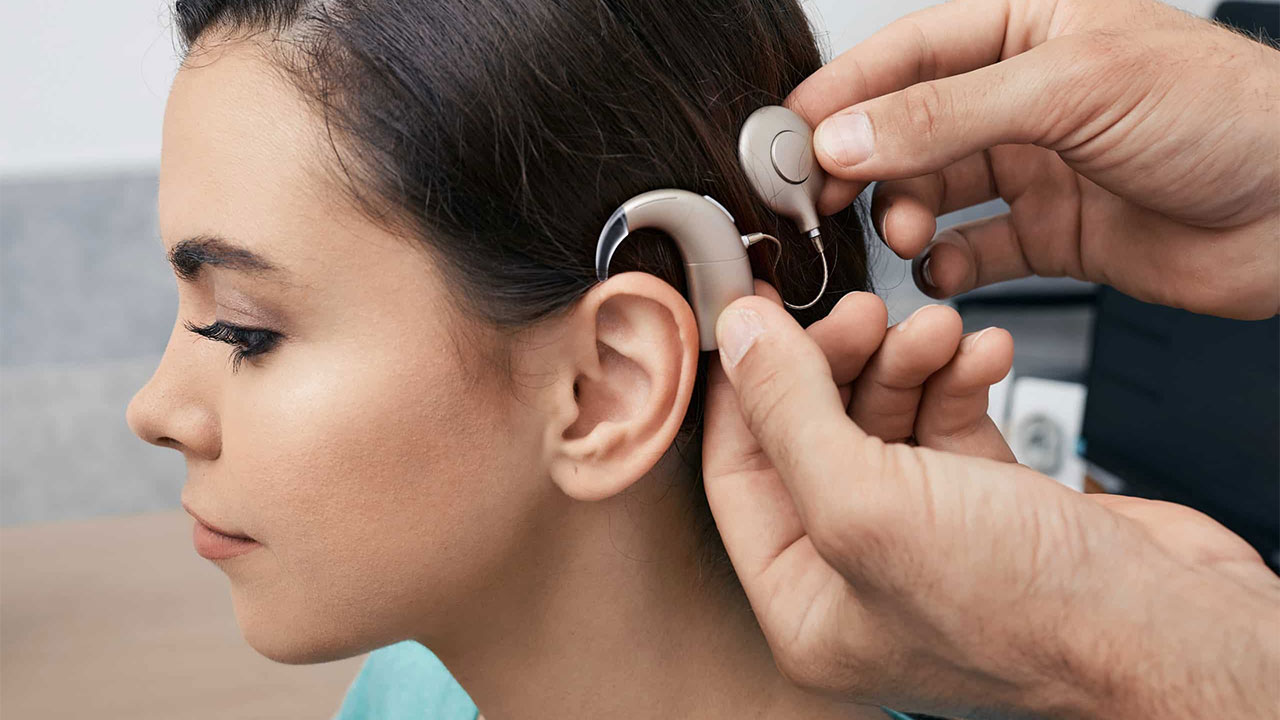
Employees of ENT
After all, the faster you put your hand on this matter, the more you can hear. so fast you will get. Don’t make it look like a complicated operation to you. According to experts in the field, the cochlear implant can be easily placed after it is deemed suitable.
At the request of our reader for the purpose of raising awareness We hope that this content we have prepared will give a different perspective to those who have preconceptions about cochlear implants and those who have incomplete knowledge about them. You can suggest such topics through our social media channels or through comments. We’ll look at them all.
sources: Medicana, NIDCD, Cochlear, NDCS














